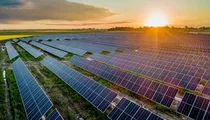Israel-Iran, on the brink of war - Analysis/ Which country would dominate in a military conflict?
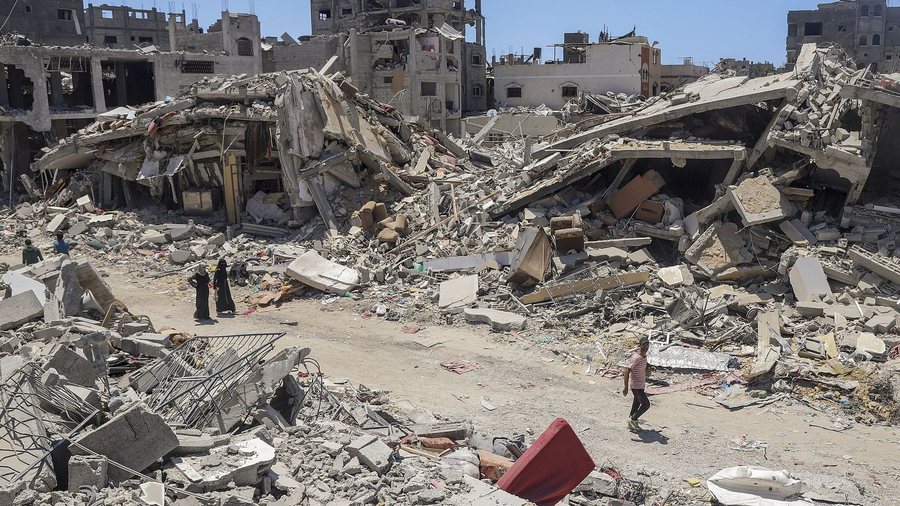
The drums of war are beating louder in West Asia. On Friday, Israel carried out strikes on Iranian nuclear and military infrastructure. The country's Prime Minister Benjamin Netanyahu said Iran was a threat to "Israel's very survival."
Tehran responded by launching over 100 drones at the Jewish nation. The escalation of the situation has significantly increased the possibility of a general war in the region. But which of the two countries has the larger army and would have the advantage in the event of a war?
A side-by-side comparison of the armies of Iran and Israel shows that Tehran outnumbers the Jewish nation in terms of manpower. Iran has a population ten times larger than Israel’s, from which it draws its armed forces. According to the 2024 Global Firepower Index, Iran’s population was 88,000,000. Israel, on the other hand, has a population of 9,000,000. This means Tehran has a larger pool of people to choose from.
A New York Times report stated that the Iranian armed forces are among the largest in the West Asian region, with at least 580,000 active personnel and about 200,000 trained reserve personnel. Meanwhile, Israel has 169,500 active military personnel in the army and navy. Another 465,000 make up its reserve forces, while 8,000 are part of the paramilitaries.
Defense costs
However, when it comes to defense spending, Israel surpasses Iran. According to the Stockholm International Peace Research Institute (SIPRI), Israel spent $46.5 billion on its military in 2024, or 8.78% of its GDP. This is significantly higher than Iran's $7.9 billion (2% of GDP) over the same period.
But Tehran's military does not rely solely on the state budget for funding, according to the Washington-based Foundation for Defense of Democracies (FDD). "Military structures control one-fifth of the market value of companies listed on the Tehran Stock Exchange, as well as thousands of other companies that generate revenue for the armed forces," the Foundation reported.
Armaments confrontation
While Iran may outnumber Israel in manpower, Tel Aviv holds the advantage in terms of armaments. Israel possesses more air power, with 612 aircraft compared to Tehran's 551. An important detail is that the Israeli air force includes the most modern fighter jets such as the F-15, F-16 and F-35. The Jewish nation also possesses the famous air defense system, which includes the Iron Dome, Arrow, and Patriot.
However, Iran's missile arsenal is unmatched. The International Institute for Strategic Studies has reported that Iran has one of the largest arsenals of ballistic missiles and drones in West Asia. They have the capacity and range to strike any target, including Israel.
In fact, Tehran has made no secret of its amassing of them, displaying its drone and missile assets during military parades, and has ambitions to build a large drone export business.
When it comes to ground power, Israel has 1,370 tanks, while Iran has 1,996. Furthermore, the Jewish state has in its arsenal more advanced vehicles, such as the Merkava tanks, considered among the most powerful in the world.
In terms of nuclear power, Israel has the upper hand. According to a previous report by the Stockholm International Peace Research Institute (SIPRI), the country has approximately 80 nuclear weapons. Of these, approximately 30 are gravity bombs for use on aircraft. The remaining 50 weapons are used on medium-range ballistic missiles.
While Tehran, while not possessing nuclear weapons, has developed an advanced nuclear program that has raised international concerns. The country has achieved high levels of uranium enrichment and could create nuclear capacity in a short period of time.
One of Iran's greatest strengths militarily is its complex military apparatus. In fact, a New York Times report claims that Iran's adversaries, primarily the United States and Israel, have avoided direct military attacks on the country for decades, as they understand that a war with Tehran would be difficult to win.
Iran arms, trains, and supports a network of militias across West Asia, known as the “Axis of Resistance.” Although they are not counted as part of Tehran’s armed forces, they are battle-ready and fiercely loyal to the country.
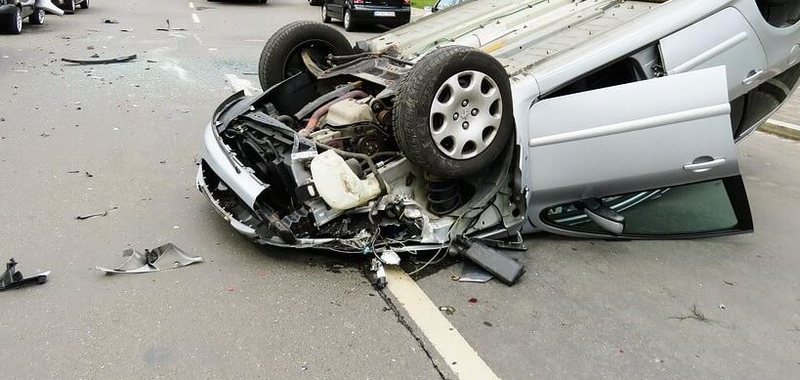
50% decrease in claims paid for Green Card - AFSA: Insurance companies spent a total of 2.6 billion lek on claims
Insurance companies have spent less money on covering damages to vehicles involved in accidents, but not only, in January-April 2025. According to the latest......

AMA continues the Media Education campaign/ Krasniqi at the Durrës high school: Beware of the dangers of the virtual world!
The last day of school for Durrës high schools has ended with a Media Education lesson. The campaign launched long ago by the Audiovisual Media Authority,......
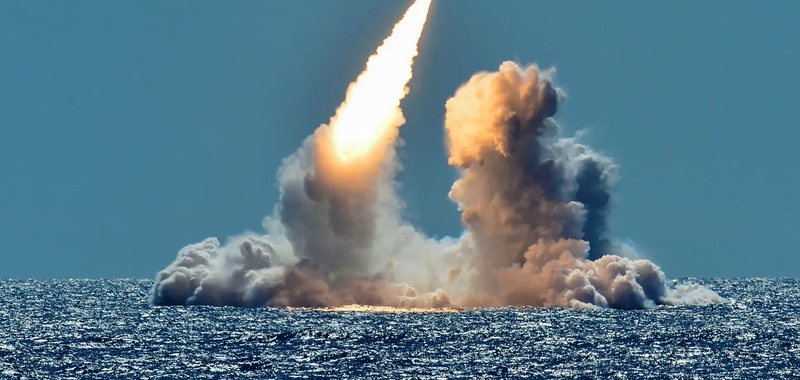
The world "prepares" nuclear weapons - Global spending in this sector increased by 11%
Global spending on nuclear weapons rose sharply in 2024, with the world’s nine nuclear-armed states increasing their budgets by 11%, according to a new......

Waste in Vlora, disposal in Sherishte begins - Project 24.95 million euros, solution until 2047. Closure of the existing field, still without a deadline
The new Sherishta Landfill in Vlora has officially begun the deposit of urban waste, as part of the functionalization of the new infrastructure for waste......
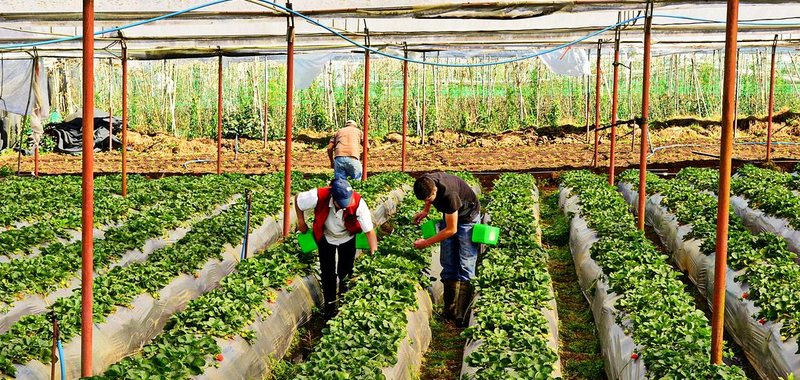
How will agribusinesses be credited? - New guarantee scheme. 70% of the principal is covered, interest rate up to 2%
The new Sovereign Guarantee Scheme is an initiative that aims to facilitate access to finance for farmers and agricultural businesses. This financial......

China "floods" the Greek market - 50,000 packages worth 150 euros arrive every day from Beijing
The Greek business community is deeply concerned about the flooding of the domestic market with products distributed by Asian multinational electronic......

Air conditioners, the "salvation" from the heat? - "Boom" of imports, over 3 billion lek in 5 months
As we face the hot days of summer, the fastest and most used solution by citizens is air conditioners. Data provided by the General Directorate of Customs......
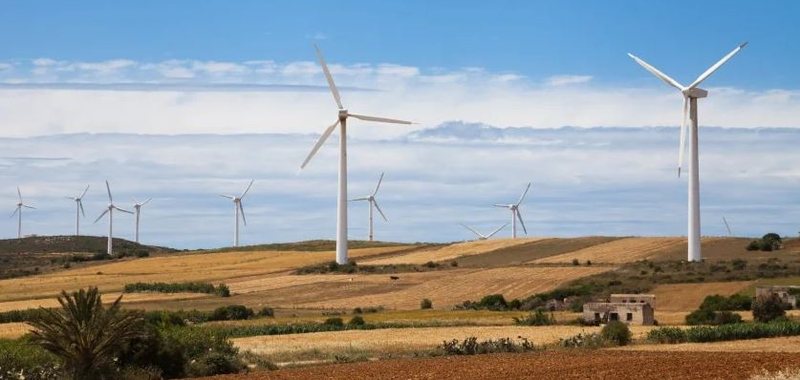
Croatia, 100% green energy by 2030 - Study: Over 12 billion euros needed to achieve the target
Croatia could use only renewable electricity to meet its electricity needs by 2030, according to Greenpeace. The organization presented its study, A Green......









